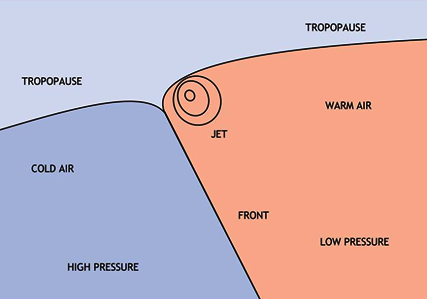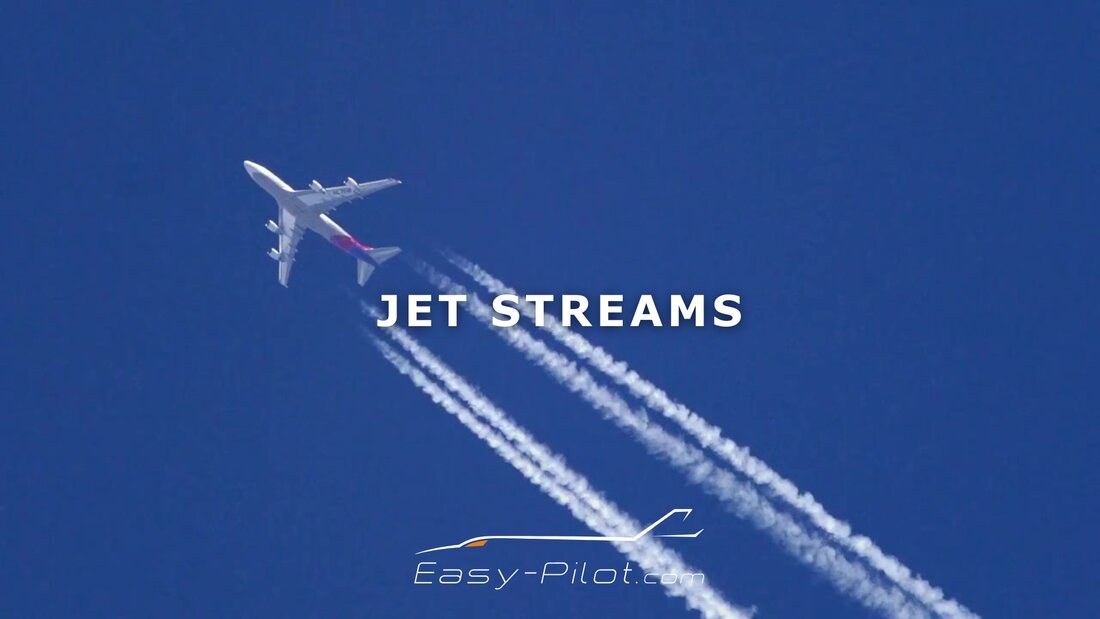
Jet stream

DEFINITION
Jet streams are flat tubular current of air, quasi-horizontal, whose axis is along a line of maximum speed and which is characterized not only by great speeds but also by strong transverse (horizontal and vertical) gradients of speed. (World Meteorological Organization).
CHARACTERISTICS
Location: Jet streams are usually found in the upper troposphere, near the tropopause, often following the boundaries between warm and cold air masses.
Major Types:
- Polar
- Subtropical
Other Types:
- Polar night jet
- Barrier jet
- Coastal low-level jets
- Valley exit jet
Speed: To classify as a jet stream, the wind must have a minimum speed of 60kts(110km/h) although it’s pretty normal to reach 200kts(370km/h), and in South East Asia you can easily see winds over 300kts(560km/h).
Seasonal variations: Jet streams are stronger in winter because that's when the air temperature differences that drive them tend to be bigger.
There is a video at the end of the post, watch it for more details.
IMPACT ON FLIGHT PLANNING
Utilizing jet streams can reduce flight times and fuel consumption significantly. The jet is basically giving you a free boost, pushing your aircraft along its route, with hundreds of knots sometimes. Because of this, your flight time will be reduced which means your fuel consumption will be also reduced. And there is nothing that airline executives love more than fuel savings, and fuel can attribute for about 20-40% depending on region, of the total cost of a flight.
As you can see they are quite beneficial but they also come with some risks regarding flight safety. And that risk is CAT (Clear Air Turbulence). You MUST always account for CAT when dealing with jet streams.
Vertical cross section of a polar jet stream


Attila Kis
ATPL Course Supervisor
a.kis@easy-pilot.com


